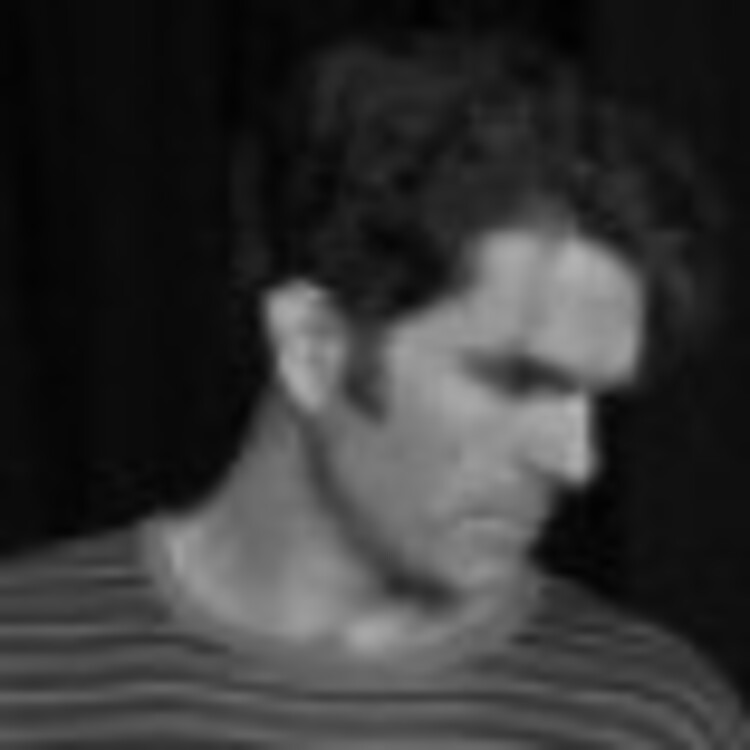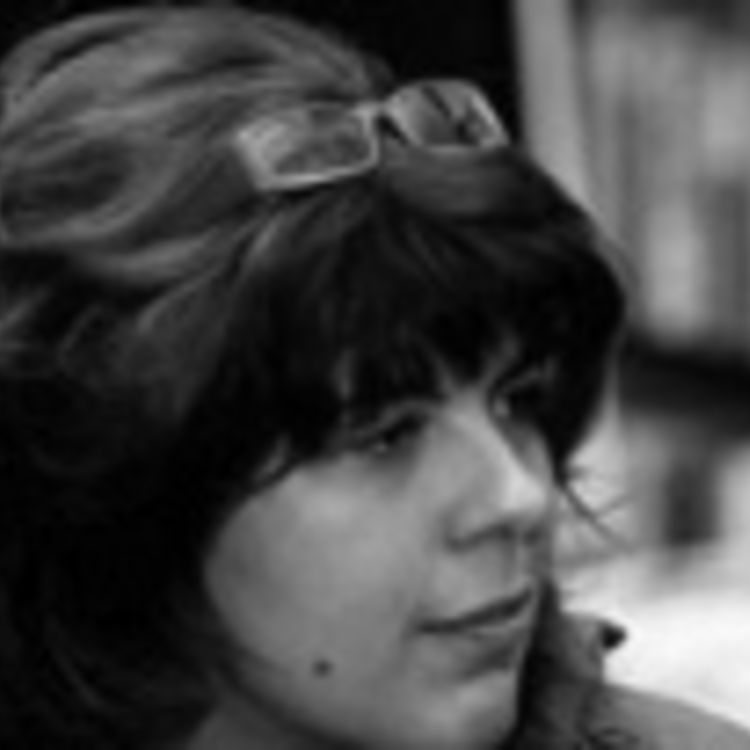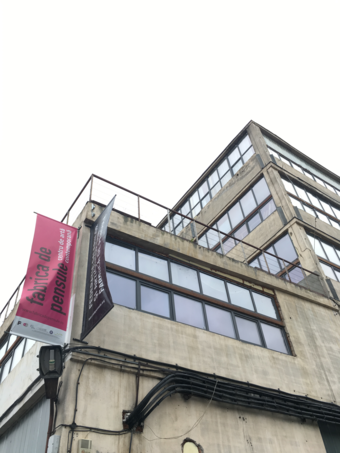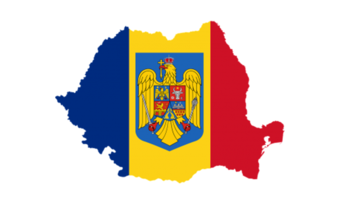Dialogue, Diversity, and Quality—A Report From the Sibiu International Theatre Festival
Courtesy of an invitation from the Center for International Theatre Development and Z Space, I spent this past June 6-15 in Romania getting to know the Sibiu International Theatre Festival (SITF). A book could—indeed should!—be written about the many things worth discussing in relation to SITF. But for now I’ll focus on an overview of its format and the values that drive it, for in these alone there is much food for thought that relates surprisingly directly to issues relevant to the American theater. My main hope is to highlight a major theater event—the third largest theater festival in the world after Edinburgh and Avignon—that is nevertheless surprisingly unknown in the States.
First, some history:
Founded in 1993 by actor Constantin Chiriac and organized under the umbrella of Sibiu’s Teatrul Naţional Radu Stanca, SITF started modestly with eight productions from three countries. Now in its twenty-first year, this latest edition featured roughly 2500 artists from 70 countries in over 350 events at 66 venues playing to 62,000 people per day for 10 days. Of the 350 events, 85 were indoor theater or dance performances. The other 265 plus events consisted of a variety of music concerts; art and photography exhibitions; screenings of theater related films; public discussions with artists; launches of books published by the festival; acting and dance workshops; street performances varying in scale from solo artists working the crowd to massive puppet dragons rampaging the central square beneath a sky of fireworks; as well as the Sibiu Performing Arts Market, a four-day networking conference for presenters and artists.
In 1993 Romania was just a handful of years into its post-Communist era after a violent revolution. Chiriac founded the festival with the intent that culture would be an engine for social change. Indeed he has succeeded. Art and culture have contributed decisively to the economic growth, sense of local identity, and international stature of Sibiu, a modest city of 300,000 located a few hours from the capital Bucharest. A major boost came in 2007, when the EU named Sibiu that year’s “European Capital of Culture.” This would not have happened had SITF not already been going strong for fourteen years.
Recognizing this, the city of Sibiu has continued to support SITF, as well as other annual arts festivals, including a Jazz festival and a documentary film festival. Along with the automobile industry and a budding tech sector, culture is a key contributor to Sibiu’s economy. The city government devotes a whopping 12 percent of its annual budget to culture, a significant sum considering that across Europe the average is 1 percent to 5 percent—all figures that put most American cities and states to shame. Of that 12 percent, SITF receives a fraction and a majority of SITF’s funding comes from corporate sponsorship, private foundations and donors, and cost sharing with participating artists.
The keys to the engine
Three key values—dialogue, diversity, and quality—figure into every aspect of the festival with a consistency that has made it the powerful engine it has become. Indeed Sibiu and its inhabitants have embraced the festival. Every performance is full, as is the Teatrul Naţional Radu Stanca year-round. A man sitting next to me at one performance told me he works in the auto industry, is not an artist, and comes to the festival every year because he is proud of it. Similarly, an army of volunteers comprised of teenagers and undergraduates supports the festival. Most of these young volunteers are not aspiring artists, just local kids participating in a now longstanding tradition. Some of them had parents who once volunteered.
Three key values—dialogue, diversity, and quality—figure into every aspect of the festival with a consistency that has made it the powerful engine it has become.
The festival itself is a very articulate embodiment of these key values and over the course of it my understanding of the layers of Chiriac’s conception grew. While dialogue and diversity are very familiar buzzwords in the American theater, we don’t talk about quality nearly as much. Chiriac believes the three values cannot in any instance exist independently of one other. Rather, they necessarily complicate, expand, and strengthen each other in an interdependent web of relationships, perspectives, and creative expression. Here are just a few examples of how the festival manifests each of these three inextricable values:
Dialogue
Every day there are multiple discussions organized with artists in local cafes and bookstores and open to the public. They are indeed conversations, and not academic or “expert” panels.
Teatrul Naţional Radu Stanca has an outdoor courtyard, a beer garden where festival staff, artists, volunteers, and guests can gather at nearly all hours. Its canopied row of long wooden tables invites conversation and flattens expectations of hierarchy. A volunteer can take a seat on a bench next to legendary German director Peter Stein and strike up a conversation. Silviu Purcărete, director of the brilliant Faust that for seven years has been Romania’s single most famous theater production, might pass through and be hailed by a staff member for a quick question. The theater’s literary manager Ioana Mǎlǎu and Romanian arts critic Iulia Popovici might sit down to compare notes.
Lev Dodin, director of the famous Maly Drama Theatre of St. Petersburg, Russia, was intentionally made a prominent part of the festival. A performance was given of his production of Schiller’s Love and Intrigue, in which a president’s corrupt machinations successfully secure his power at the expense of those around him. Dodin was also honored with a star on the Sibiu Walk of Fame, modeled after the Hollywood Walk of Fame. Dodin’s inclusion was a calculated move to create productive dialogue around Russia at a time when Russia’s actions in the neighboring Ukraine have created certainty among many that a second Cold War has begun.
Diversity
Complementing the local volunteers are about two dozen additional young people from Japan. With financial support from the Japan Foundation and Sibiu’s Japanese sister city, Takayama, they are flown out for the festival and housed with the families of local volunteers. It is a kind of study abroad program in which the Japanese students participate actively in their host city’s major annual cultural event.
The array of venues creates a diversity of access points to the festival. Many buy tickets to performances in theaters, of course. Others have the festival thrust upon them in the street when they turn a corner and come face-to-face with a marching band. Or they enter a bookstore to browse and find American playwright Neil LaBute discussing his work with a gathered crowd prior to a playwriting workshop.
The festival actively cultivates a diversity of art forms, aesthetics, nationalities, and experience levels. These in turn embody a diversity of ages, races, political perspectives, and creative processes. A quarter of the indoor theater and dance productions were from universities, for example, and their work is programmed and promoted alongside that of major artists. In the afternoon one might see a German dance company and that evening catch a South Korean devising group. A political documentary theater piece might play at a given theater one night, then load out to make way for an absurdist farce the next.
Quality
At first I was puzzled by this one. I would see a production I felt was not good and wonder how it could possibly figure into Chiriac’s idea of “quality.” There is the obvious notion of quality having to do with a certain polish and codified standards established by tradition, critics, and academia. Over the course of the week I realized that Chiriac’s conception of quality is broader.
For example, I attended a public conversation with Spanish dancer Cesc Gelabert who noted that although at age sixty one he is no longer able to do certain virtuosic movements, he now has a deeper quality of presence on stage than he did when he was younger.
Lev Dodin’s production of Love and Intrigue was to my mind not likely an example of his best work. Nevertheless he is a director of exceptional accomplishment, and for that reason in combination with the current political situation vis-à-vis Russia, the inclusion of Dodin and this particular play positively impacts the quality of dialogue at the festival.
I saw a group of excellent student actors from Slovakia’s Academy of Performing Arts Bratislava perform Talk To Me, a decidedly mainstream romantic comedy about contemporary twenty-something relationships, which is not my usual cup of tea, but which I appreciated nonetheless for the charismatic work of these young actors. From there I went to the mobbed premiere of Oedipus directed by Silviu Purcărete and starring Constantin Chiriac himself, which I’d have guessed would be exactly my cup of tea but rather left me largely cold. This juxtaposition heightened my attention to issues of expectation, age, and skill as they relate to the issue of quality itself.
Revving the engine
The juxtaposition of the multiple diversities at work—from our usual American associations with diversity to the diverse ways in which one experiences the festival—generates dialogue and strengthens its quality. Here are some additional particular examples of things that have had my own engine revving in the wake of the festival:
The high quality of acting—from Romania, Poland, and Russia in particular. The refreshing variety of faces, body types, and ages allowed on main stages. The emphasis on theatricality, and the lack of difficulty in negotiating style and truth.
How a bad show can still be worth seeing and thinking about. The question, what makes the difference between bad work worth chewing on and bad work worth spitting out?
The festival’s excellent new book, New Performing Arts Practices in Eastern Europe, edited by Iulia Popovici and Ioana Mǎlǎu, which serves as a model for accessible, critical, informative writing on world theater, exhibiting scope as well as an attention to detail.
Chiriac’s shrewd press relations. Apparently networks like CNN charge a fee to cover events like SITF when asked. So in 2013 Chiriac created a particularly newsworthy event. He established the aforementioned Sibiu Walk of Fame, offering the first stars on the sidewalk to a handful of international theater luminaries including Ariane Mnouchkine, Silviu Purcărete, Declan Donnellan, Eugenio Barba, George Banu, and Nakamura Kanzaburo. A press release was put out. CNN took notice and came to Sibiu on its own dime. Snap!
Chiriac’s conscious choice to include free performances in the streets throughout each day, so that people who cannot afford theater tickets and those to whom it might not occur to attend theater have access.
Chiriac himself. The world needs more people like him: passionate, articulate, charismatic, energetic, inclusive, a wellspring of progressive ideas who has the insight to gather the best people around him to help turn ideas into actions.

Faust directed by Silviu Purcărete, Deca Dance from Israel’s Batsheva Ensemble, Le Sorelle Macaluso from Italy’s Teatro Stabile di Napoli, and Medea on Media from South Korea’s Theatre Group Seongbukdong Beedoolkee—four exceptional performances I feel particularly lucky to have seen and would love to see tour to the United States. Though vastly different from one another, these productions shared a rare level of surprise, artistry, ideas, attention to detail, emotional impact, and commitment to their intent.
The value, the necessity, the mission to have more joy in life. To celebrate with debate. To feel with thought. To not segregate these things.
And of course that umbrella over it all: Dialogue, Diversity, and Quality—one of the most articulate, concise, and powerful sets of guiding values I’ve encountered lately. It’s social. It’s political. It’s practical. It’s positive. It’s difficult. It’s necessary.
Meanwhile, back in the American theater…
The day after I returned to San Francisco from Romania I unpacked, did my laundry, packed again, and boarded a plane to San Diego for the Theater Communications Group national conference, appropriately titled “Crossing Borders.” The conference was three days of invigorating dialogue primarily around issues of diversity. As usual, discussions on quality were largely missing. Yet despite that and America and Romania’s distinct histories, I was struck by how similar our American preoccupations nevertheless are to what I noticed in the Romanian theater. How to be more inclusive of difference? How to negotiate artistic ambitions with commercial expectations? How to innovate in both the art and business of our work? How to respond productively and well to shifting and shrinking funding sources? How to communicate to our governments and the as-of-yet non-theatergoing public what theater contributes to our shared society? How to adapt to and adopt from the new Internet era, with its horizontal emphasis on choice and self-agency and its virtual approach to participation?
I didn’t return from either the Sibiu International Theatre Festival or TCG14 with answers. Just a lot of propulsive questions. It’s on me to put that engine in gear and move forward, using these experiences to get to new destinations in my own art, career, community, and country. I also have an expanded sense of my country’s and my own place in the social and political ecosystem of the world. And this is perhaps the most valuable gain of them all. Now that I’m back from my travels I’ve got much more than a suitcase to unpack.










Comments
The article is just the start of the conversation—we want to know what you think about this subject, too! HowlRound is a space for knowledge-sharing, and we welcome spirited, thoughtful, and on-topic dialogue. Find our full comments policy here